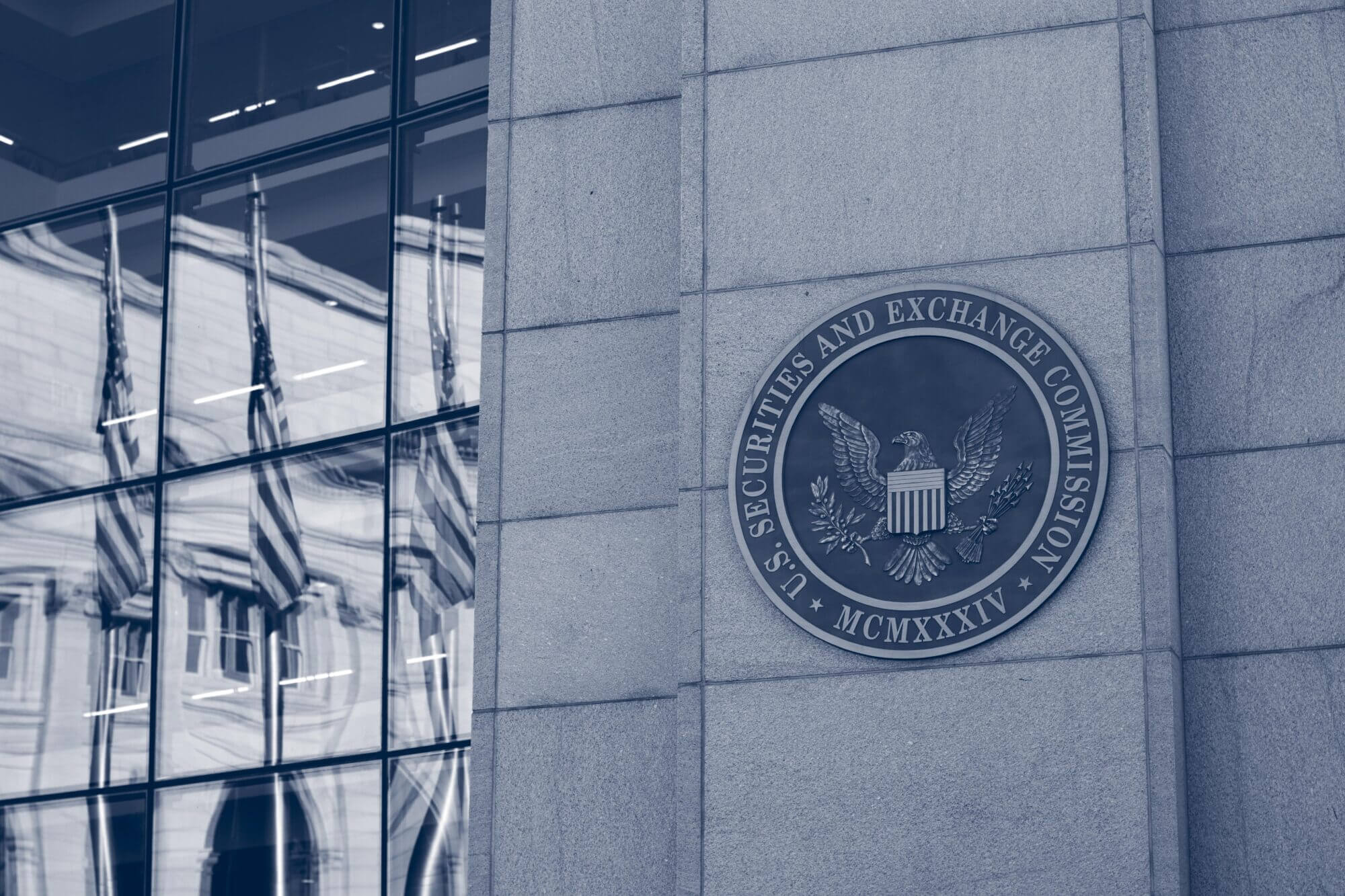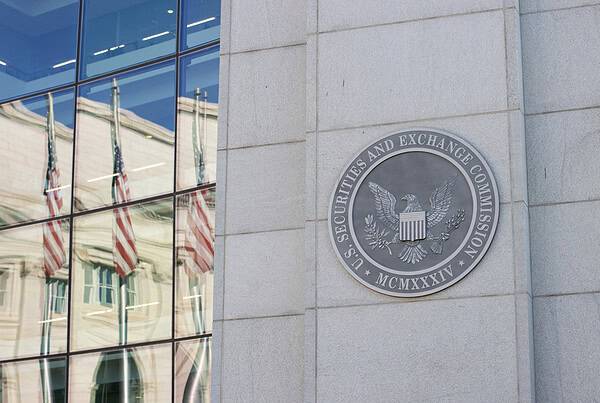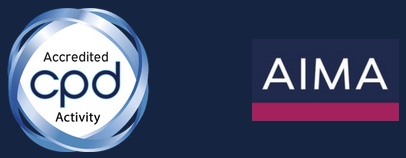
Written by David Bryant
Compliance Analyst
An increasingly assertive SEC has found itself in uncharted territory, defenestrated. Since the 2008 recession and the subsequent passing of the Dodd-Frank Wall Street Reform and Consumer Protection Act, the SEC has slowly, then not-so-slowly, ramped up its regulatory burden on the financial industry while intensifying its examinations. The Supreme Court, supported by a resolute United States Court of Appeals for the Fifth Circuit, halted that momentum this year.
Since Dodd-Frank, the SEC has often brought enforcement actions “in-house,” forcing the accused to defend themselves in the SEC’s administrative court, often before an administrative judge, instead of in federal courts with a jury. This created a perceived bias in favor of the SEC, resulting in disproportionate pressure on the accused to settle.
In June, the Supreme Court held in Securities and Exchange Commission v. Jarkesy that this practice is unconstitutional in cases involving civil penalties for securities fraud, violating the Seventh Amendment’s right to a jury trial.(1) This case alone may increase the SEC’s incentive to settle charges, especially after the Supreme Court overturned the nearly four decades-old Chevron Doctrine and redefined the Administrative Procedure Act’s (“APA”) statute of limitations within a week’s span.
The Chevron Deference required courts to defer to an agency’s interpretation of a statute when the statute did not clearly define an issue, provided the agency’s interpretation was deemed reasonable. The Chevron Deference was often the deciding factor in favor of administrative agencies. Professors Kent Barnett and Christopher Walker found in the Michigan Law Review that Chevron Deference was applied in approximately two-thirds of SEC circuit court cases, with the SEC winning over 80% of those cases.(2)
In Loper Bright Enterprises v. Raimondo, the Supreme Court overturned the Chevron Doctrine.(3) Now, courts do not have to defer to the SEC’s interpretation of a statute when there is ambiguity.
The APA has a default six-year statute of limitations, meaning a plaintiff has six years to bring a case after the right to bring suit accrues. The question is, when does the statute begin to run? Six federal courts held that the time limit begins when the rule is final; another court held that it starts when the petitioner suffers the injury, leading us to Corner Post, Inc. v. Board of Governors of the Federal Reserve System.
Corner Post involved a 2011 regulation and a truck stop that opened in 2018. The Supreme Court held that the APA’s six-year statute of limitations starts when a final agency action injures a party.(4) Corner post drastically expands the ability of plaintiffs to sue administrative agencies.
Jarkesy, Loper Bright and Corner Post change the power dynamics, forcing the SEC to charge individuals in district court without Chevron’s protection. Those regulated by the SEC may have more bargaining power regarding settlements. Going to trial always represents an unknown; most lawsuits end in a settlement. Regardless of the SEC’s approach, those regulated by the SEC are now in a better bargaining position than a few months ago.
While the importance of these cases is hard to overstate, the most consequential aspect may be the SEC’s ability to defend existing rules and create new ones.
Coincidentally, the Fifth Circuit struck down the Private Fund Adviser Rule less than a month before these rulings. Challengers to the SEC’s authority have found a home in the Fifth Circuit. Despite the Fifth Circuit and the Supreme Court often being at odds – with the Supreme Court overruling eight Fifth Circuit cases this term – they share many values. There are currently several cases in front of the Fifth Circuit, and it is safe to believe more will follow with each subsequent SEC rule.
The sweeping consequences of these three cases will play out over the next several years. In the immediate future, an emboldened Fifth Circuit will likely decide the fate of the SEC’s Rule 13f-2 short sales and Rule 10c-1a securities lending disclosure rules, which no longer benefit from Chevron. Corner Post complicates the landscape considerably. Could a person falling under the SEC’s jurisdiction tomorrow sue the agency over insider trading rules drafted in 2000, such as Rule 10b5-1 or 10b5-2? If you can argue that your injury occurred within the last six years, you might find yourself in the Fifth Circuit with a persuasive case against an SEC without the protection of Chevron. Speculation is endless; only time will reveal the significance of the Supreme Court’s decisions this year.
Until then, the SEC is now on the defensive, facing an uncertain future and an unfavorable Supreme Court whose opposition is only mitigated relatively by the Fifth Circuit’s zeal. Federal judges, who serve until death, retirement, or removal by impeachment, will hold their positions much longer than Chairman Gensler.
1Sec. & Exch. Comm’n v. Jarkesy, 603 U.S. ___ (U.S. June 27, 2024)
2Barnett, Kent, and Christopher J. Walker. “Chevron in the Circuit Courts.” Michigan Law Review, vol. 116, no. 1, 2017, p. 35. Available at: https://repository.law.umich.edu/cgi/viewcontent.cgi?article=1667&context=mlr.
3Loper Bright Enters. v. Raimondo, 603 U.S. ___ (U.S. June 28, 2024)
4Corner Post, Inc. v. Board of Governors of the Federal Reserve System, 603 U.S. __ (U.S. July 1, 2024)










